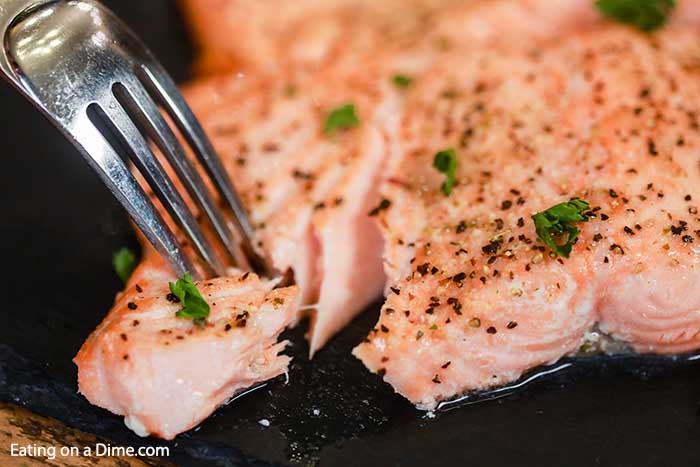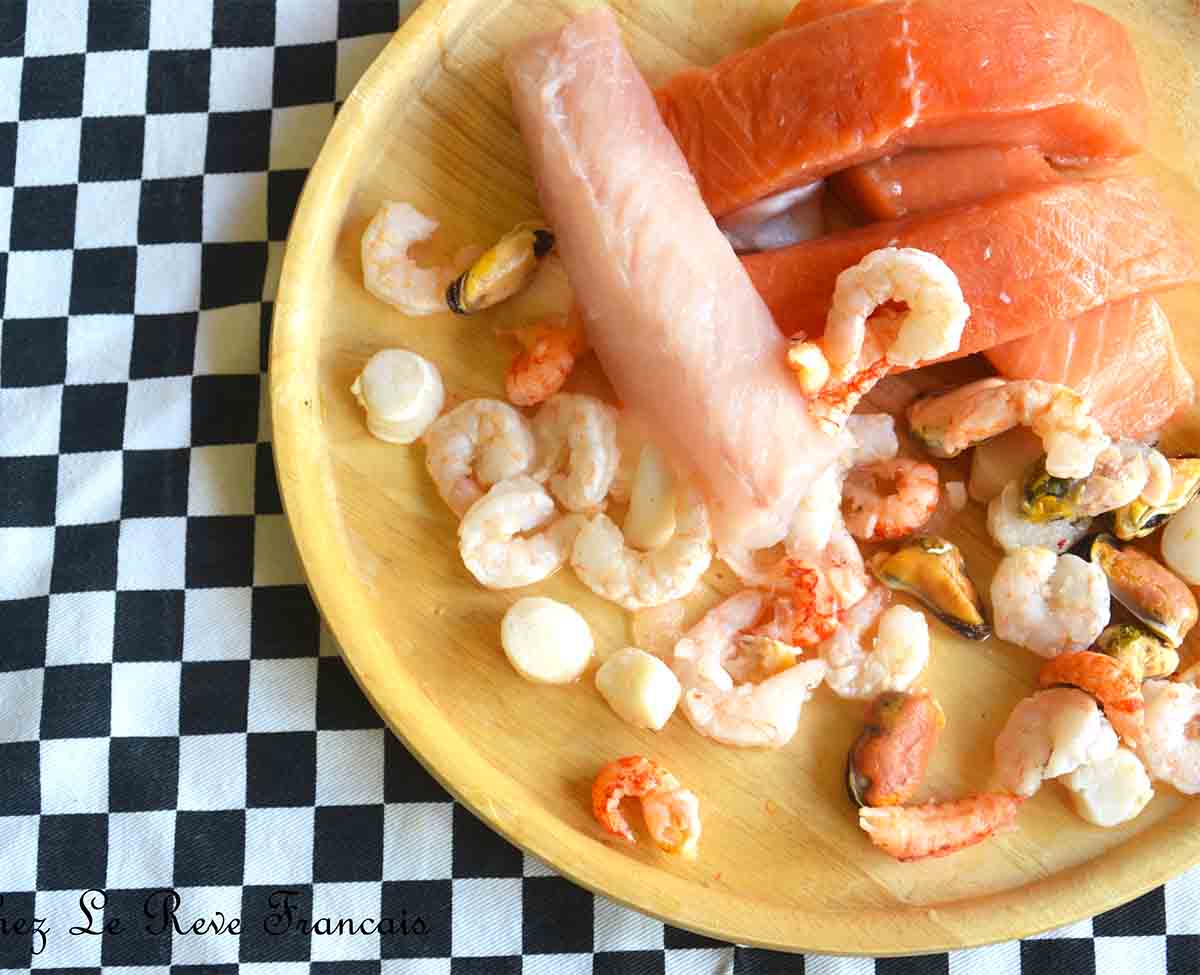

In the microwave or as part of the cooking process.Until the food has thawed, keep it covered in cold (70☏ or colder) running water. Cold flowing water was used to submerge the object.Refrigerate frozen foods until they are thawed. There are three safe ways to defrost frozen food: The issue then becomes, which technique of thawing should the food worker use?

Chicken should not be thawed in hot water! It is not secure.įurthermore, where may food service employees eat on the job? The worker will have his meal in the dining hall or in the mess hall during his lunch break. Place frozen chicken in a securely sealed bag (either vacuum sealed bags or strong, leak-proof, zipper-top storage bags) in a basin of cold water to thaw quickly. In a bowl of water, quickly defrost the chicken. In addition, how should a food worker defrost chicken? Overnight, cooked rice was placed in the Danger Zone. To defrost frozen chicken properly, place it in the refrigerator. Wash, rinse, and disinfect the scrapes before air drying. The best place for the chicken to thaw would be in the refrigerator because it will keep the chicken cold and safe from bacteria. The “a food worker needs to refrigerate chicken that has been cooked where should it be stored” is a question that many people have.

This bacteria is a spore former that can grow at temperatures above 38F and without oxygen – such as a vacuum package.Ĭheat Sheet explains that the cells in fish contain liquid, and when that liquid freezes it creates ice crystals. Fish is a known source of the bacteria Clostridium botulinum type E. When vacuum-packaged fish is not properly stored and thawed it has the potential to create a deadly toxin that can harm consumers. Why You Should Never thaw frozen fish in its vacuum sealed packaging? Listeria monocytogenes is a bacterium that can contaminate food. … By opening the packaging when thawing the vacuum packaged fish, oxygen is present and the spores will not produce the vegetative cells that produce the toxin. Why does frozen fish say remove from package before thawing?īotulinum forms toxin more rapidly at higher temperatures than at lower temperatures.

… But change it out every 20 or 30 minutes until the fish is fully thawed, just to make sure the water stays cool. Put your frozen fish-still in its packaging or in a plastic bag-in a big bowl and cover with water that’s a bit cooler than room temperature. It is also a good source of omega-3 fatty acids, which are healthy fats that your body needs to function. Tilapia is packed with vitamins and minerals like choline, niacin, vitamin B12, vitamin D, selenium, and phosphorus. Fish is one of the healthiest sources of protein, and tilapia is no exception.


 0 kommentar(er)
0 kommentar(er)
